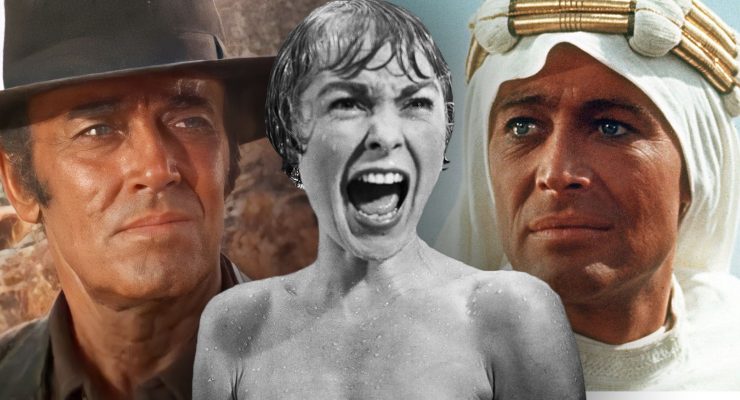Benjamin Wallfisch’s brilliantly sinister It score turns the human voice inside out – and it’s not the only one…
The world’s most terrifying clown Pennywise is back to stalk our nightmares in the new adaptation of IT, on release now. Bill Skarsgard takes over from Tim Curry as the dreaded Stephen King creation and director Andy Muschietti’s movie has been praised for mixing genuine terror with Stand By Me levels of pathos.
It also marks the latest in a series of increasingly impressive chiller scores by British composer Benjamin Wallfisch. Having charged the likes of Lights Out, A Cure for Wellness and the recent Annabelle: Creation with a potent sense of musical fear, Wallfisch now scares the pants off us with his impressively creepy IT soundtrack.
Sitting alongside some truly beautiful and tender material for our pre-teen heroes the Losers’ Club is an ear-shattering array of discordant horror techniques. One of the score’s most striking elements is the use of a children’s choir singing nursery rhyme ‘Oranges and Lemons’, a technique that veers from eerie whispers to hair-raising shrieks and screams – the perfect depiction of the encroaching, terrifying Pennywise.
It’s a technique put to excellent use in the score – and it’s not the only horror soundtrack to have turned the humble human voice into a weapon of fear…
The Innocents (Georges Auric, 1961)
A noted influence on Wallfisch’s A Cure for Wellness score, the score for this classic Jack Clayton ghost story (adapted from Henry James) is perhaps one of the earliest horrors to make use of a child’s lullaby as its central theme. French composer Auric composed the movie’s signature theme, ‘O Willow Waly’, with lyrics by Goldfinger screenwriter Paul Dehn, and it made an immediate impact on popular culture, inspiring the likes of Kate Bush and appearing on the trailer for 2014’s The Woman in Black: Angel of Death. It brilliantly emphasises the underlying themes of corrupted innocence and latent evil.
Rosemary’s Baby (Krzysztof Komeda, 1968)
In a rare instance of the film’s star doubling up as musical accompaniment, Mia Farrow lends her lilting, eerily detached vocals to Komeda’s memorable main title themes. La-la-la-ing its way across the shots of the New York skyline the score nails the contradictions of Roman Polanski’s Satanic masterpiece, that of ostensible innocence and normality undercut with a potent sense of dread.
The Bird with the Crystal Plumage (Ennio Morricone, 1970)
Tempting as it is to define Morricone as the Spaghetti Western composer, he has in excess of 400 score credits to his name. This is a composer who has therefore tackled every conceivable genre, and his horror works are as brilliantly imaginative as those composed for the likes of Sergio Leone. His unsettling blend of jazz and saccharine lullaby for Dario Argento’s landmark Giallo horror is a masterstroke, hinting at the tortured motivations of the black gloved killer whilst simultaneously sending chills down our spines and capturing the Italian decadence of the period.
The Omen (Jerry Goldsmith, 1976)
Quite possibly the most effective horror score of all time, The Omen utilises the power of the human voice like few other scores. Director Richard Donner aimed to play this story of the antichrist as a psychological thriller with the audience unsure of the real truth. However it was Goldsmith’s Oscar-winning score that really sealed the film’s effectiveness, a brooding and magnificent black mass masterwork that hangs over the movie like a demonic cloud, warning the viewer of impending terror before the characters know it themselves. Chanting, yelping and wailing its way throughout, the Gregorian choir as interpreted by Goldsmith has rarely sounded more terrifying.
Suspiria (Goblin, 1977)
This oft-imitated horror hybrid soundtrack was the Italian rock group’s second collaboration with Dario Argento following the earlier Profondo Rosso. Granted a great amount of creative freedom, Goblin’s initial demos were played back on set, their eccentric, crazed mixture of thrashing percussion, tinkling chimes and vocals better informing the lurid texture of Argento’s infamous movie. It’s not so much a background accompaniment as a living, breathing entity that wants nothing more than to scare the shit out of us, and frontman Claudio Simonetti subsequently described it as the group’s greatest achievement. It remains to be seen how Thom Yorke will fare with the score for Luca Guadagnino’s upcoming remake.
Click below to continue on for the second page…













